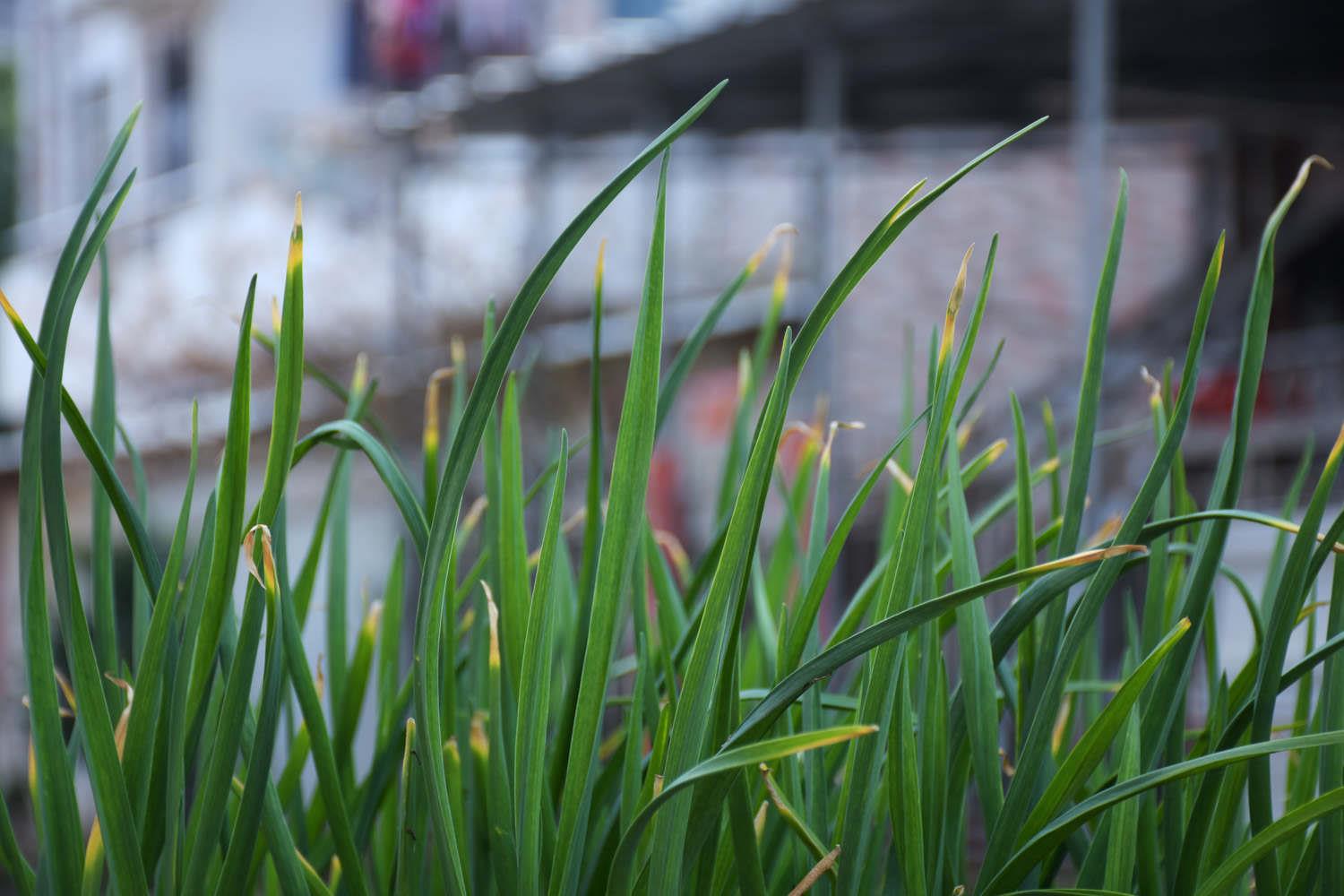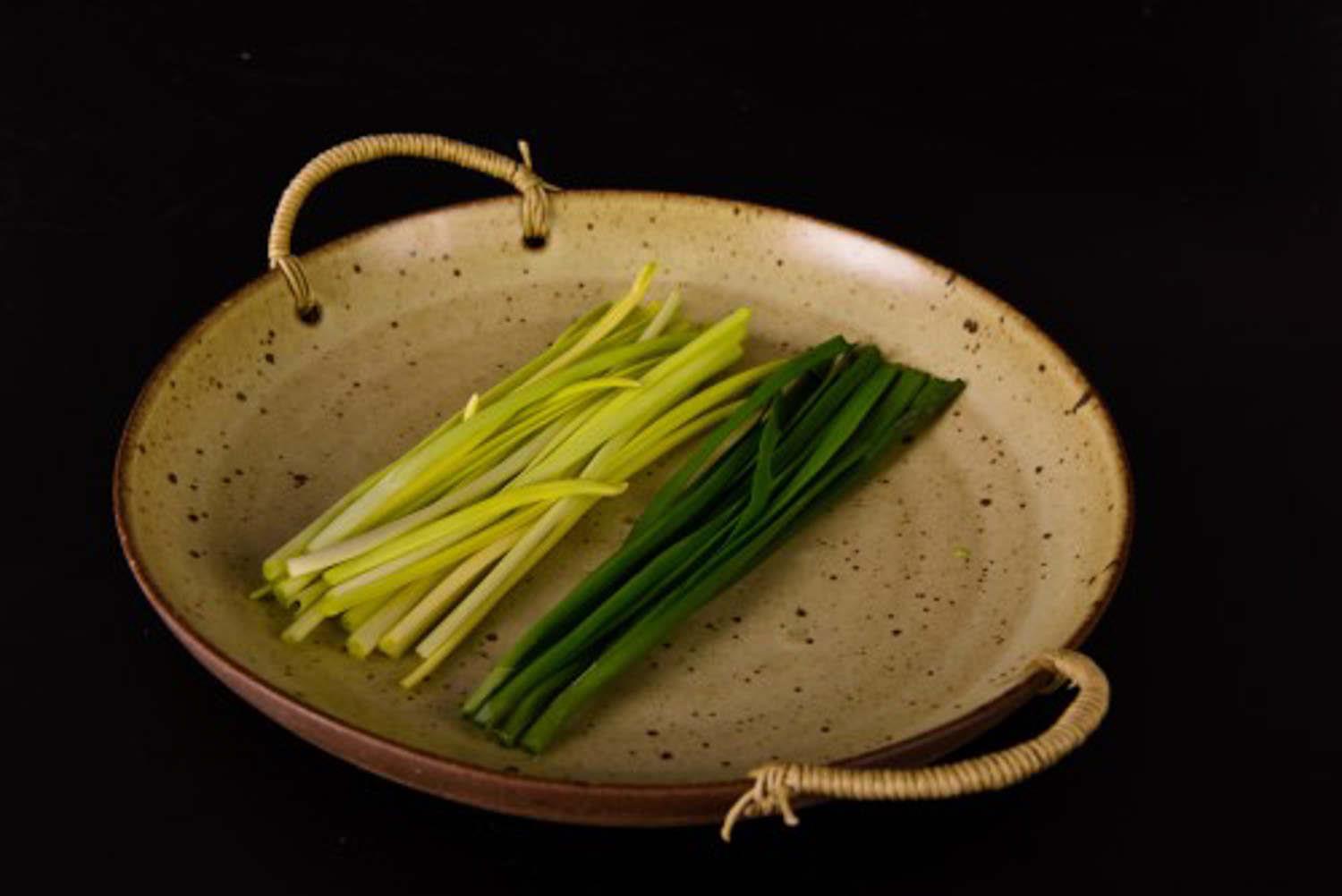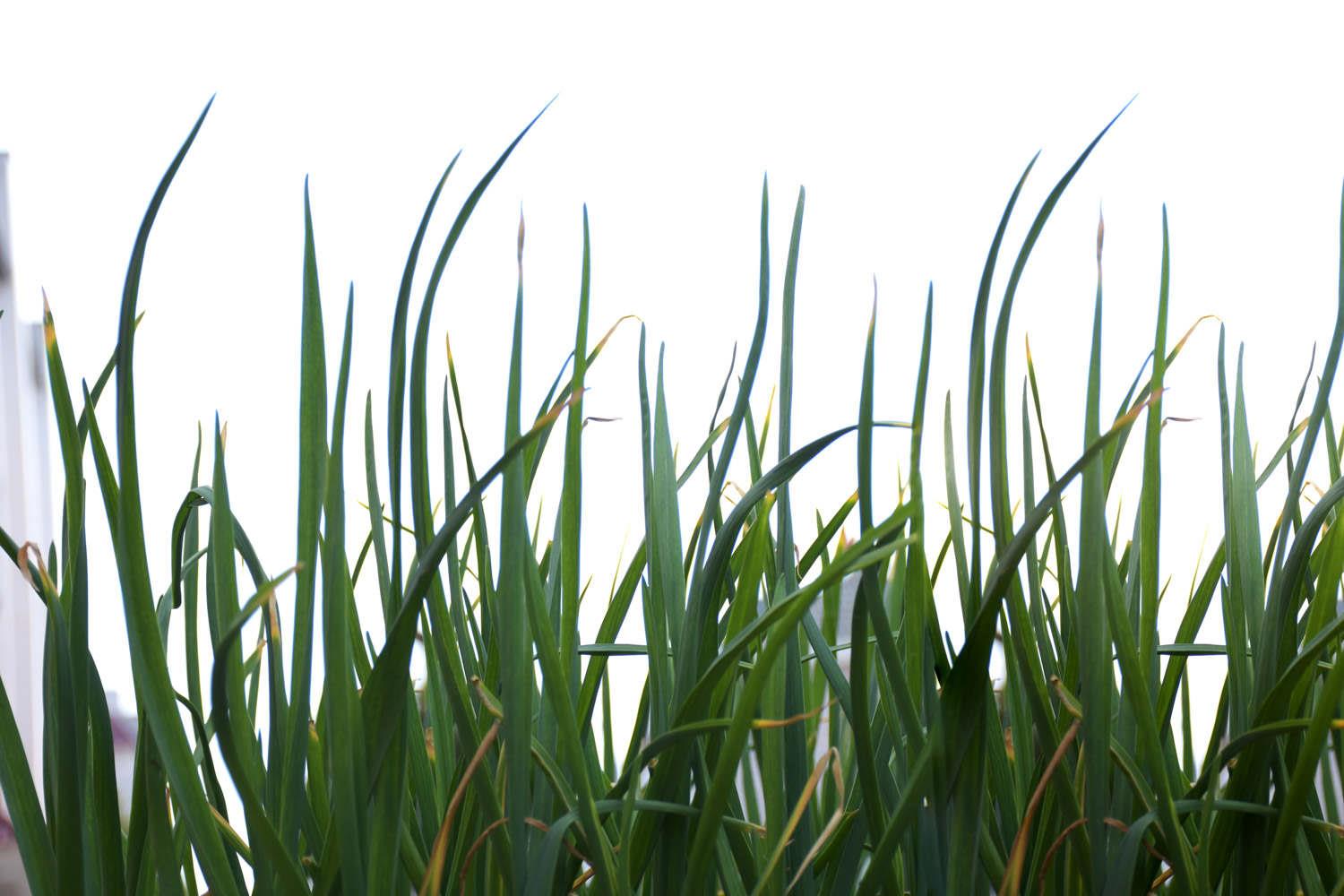How to manage leeks after cultivation? What is the suitable environment for leeks cultivation?
Last Update :2024.11.21
Article Catalog
1. Moisturizing and heat preservation
The management of leeks after cultivation is very important and determines the yield. It is necessary to carry out moisturizing and heat preservation treatment in time, and to dig cold-proof trenches. Be careful not to make them too large, each of which is about 30 centimeters. It likes light, so it must be exposed to the sun as much as possible. In rainy weather, it needs artificial light. It is also necessary to top-dress in time according to the growth conditions. The fertilizer should not only use farmyard manure, but also add ammonium sulfate or compound fertilizer. In addition, watering should be moderate and not too much.

1. Moisturizing and heat preservation
1. Moisturizing and Insulating
After leeks are planted, the soil ditch in the greenhouse should be filled with grass or farmyard manure in time, and a cold-proof ditch should be dug along it. Note that the trenches dug for cold protection should not be too large, about 30 centimeters each. And the ditch should be filled with straw to avoid frostbite at low temperatures. In addition, pay attention to the fact that the straw curtains at the top of the greenhouse should be laid evenly, the length should be at the base, and the gaps should be sealed with soil.

2. Get more sun
Light is the main factor for its healthy growth. During the management period, it must be exposed to more sun. The lighting time is guaranteed to be more than 12 hours every day. When the sun rises in the morning, the straw curtain should be opened, and then covered after the sun sets in the afternoon. If it encounters continuous rainy days, it must be replenished manually.
3. Timely top-dressing
Leeks are very resistant to fertilizer, especially they require a large amount of ammonia fertilizer. Therefore, when topdressing, you not only need to add farmyard manure, but also add ammonium sulfate or compound fertilizer to meet the demand for fertilizer to promote growth and increase yield. It is recommended to do it together with watering for better absorption.

4. Water appropriately
It has many requirements for moisture, and the humidity should be guaranteed to be around 65%. Don't use too much, otherwise the soil will easily harden, hinder breathing, and cause root rot or white tips. Daily watering should be determined according to the growth conditions and soil environment. Watering should be done once 10 days before harvesting.
5. Cultivation time
It is a perennial plant, and its cultivation time is very wide, except in winter. However, if the temperature in summer is too high, growth is easily affected, so it is still recommended to plant in spring and autumn. Among them, spring in the northern region is available in March and April. The southern region is warmer and can be prepared in advance. Autumn is around October.

2. Get more sun
3. Timely top dressing
4. Water appropriately
5. Cultivation time
- END -
How to grow red banana

Soil: Use well-drained sandy soil and add compound fertilizer. Moisture: Spray wat...
How to grow nine-headed lion grass

Soil: Nine-headed lion grass is more suitable for planting in soft soil, good soil...